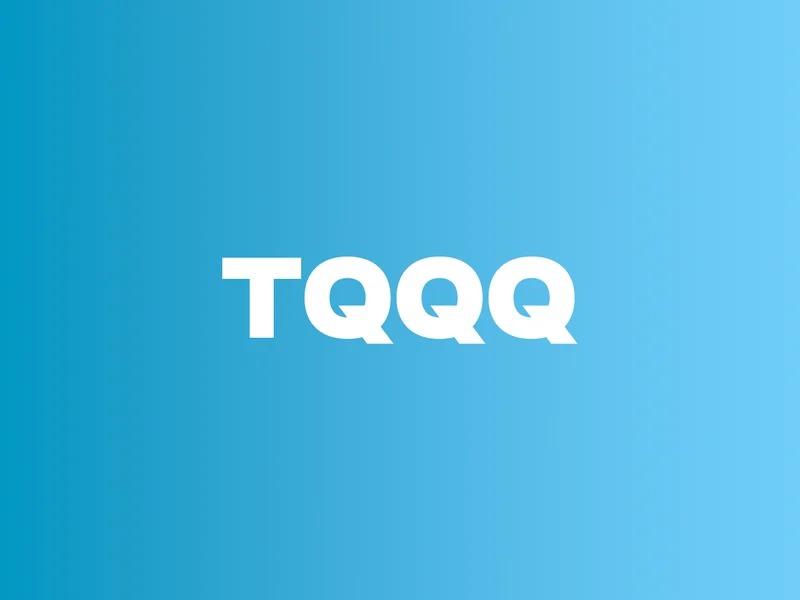XLM Insight | Stellar Lumens News, Price Trends & Guides
XLM Insight | Stellar Lumens News, Price Trends & Guides
Alright, let's talk TQQQ. Long Run Wealth Advisors LLC Invests $530,000 in ProShares UltraPro QQQ $TQQQ just took a $530,000 position in ProShares UltraPro QQQ (TQQQ), which, for those not in the know, is a leveraged ETF that aims to deliver triple the daily performance of the Nasdaq-100. Triple. Daily. (Emphasis intended. This is important.)
Now, before you start dreaming of 3x returns, let's inject some reality. This isn’t your grandfather’s index fund. It’s more like strapping a rocket booster to your portfolio – exhilarating, potentially profitable, but also capable of sending you into orbit…or a very deep hole.
The appeal is obvious. The Nasdaq-100 has been a growth engine for years, fueled by tech giants. Why settle for merely riding that wave when you can turbocharge your gains? As the source material notes, TQQQ's top holdings mirror the Nasdaq-100's: Nvidia, Apple, Microsoft. These are the names that dominate headlines and portfolios alike.
And the historical performance? Impressive, on the surface. The article "How to Buy ProShares UltraPro QQQ" cites a 42.7% annualized return since inception (February 2010) through November 1, 2025. That sounds incredible, until you compare it to the Nasdaq-100's 19.63% over the same period. It's amplified, sure, but not tripled. That's because TQQQ aims for triple daily returns, not triple the long-term performance. This nuance often gets lost in the hype.
Here's where the math gets a little tricky, and where that "daily reset" comes in. Leveraged ETFs don't simply multiply your gains (or losses) linearly over time. Volatility erodes returns. Imagine a stock goes up 10% one day and down 10% the next. A non-leveraged investment is roughly back where it started. But a 3x leveraged ETF? You're down 3% overall thanks to the magic of compounding volatility.

This brings us to the downside: risk. The article from The Motley Fool succinctly puts it: TQQQ carries more risk and richer potential rewards than the milder S&P 500 fund. The maximum drawdown (peak-to-trough decline) over five years was a stomach-churning 81.8%. So, if you invested $10,000 at the peak, you could have seen it shrink to less than $2,000 before any potential recovery.
Other institutional investors have been modifying their positions. Howard Capital Management Inc. boosted its position by over 1,000%. Kingstone Capital Partners Texas LLC purchased a new position valued at around $395,951,000. IMC Chicago LLC increased its holdings by over 9,000%. Jump Financial LLC purchased a new position valued at around $53,458,000.
The expense ratio, at 0.82%, is also worth noting. It's not exorbitant, but it's higher than your typical index fund. You're paying for that leverage, and it eats into your returns. Is it worth it? That depends entirely on your risk tolerance and investment horizon.
And this is the part of the report that I find genuinely puzzling: the ProShares UltraPro QQQ is designed to be a short-term investment vehicle. Triple the daily performance of the Nasdaq-100 is different from triple the long-term performance. So why would Long Run Wealth Advisors LLC invest $530,000? What is their plan?
So, is TQQQ a thrilling ride or a financial rollercoaster? The answer, as always, is "it depends." If you're a day trader looking for amplified short-term gains, and you understand the risks, it might be a suitable tool. But if you're a long-term investor seeking steady growth, steer clear. This isn't a buy-and-hold strategy; it's a tactical bet. Treat it accordingly.